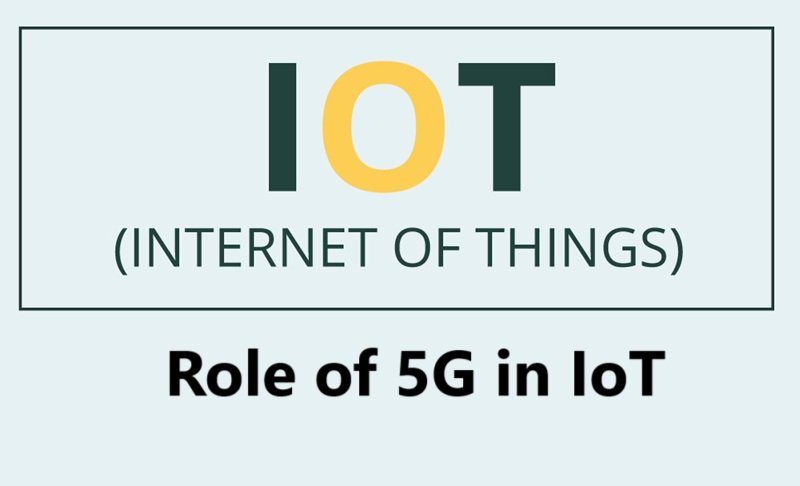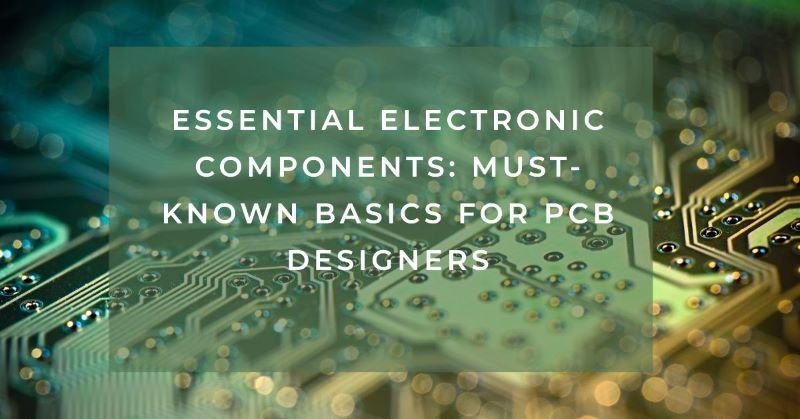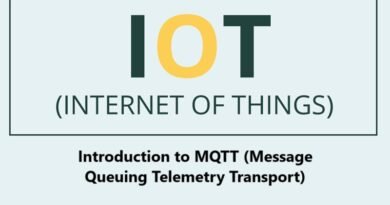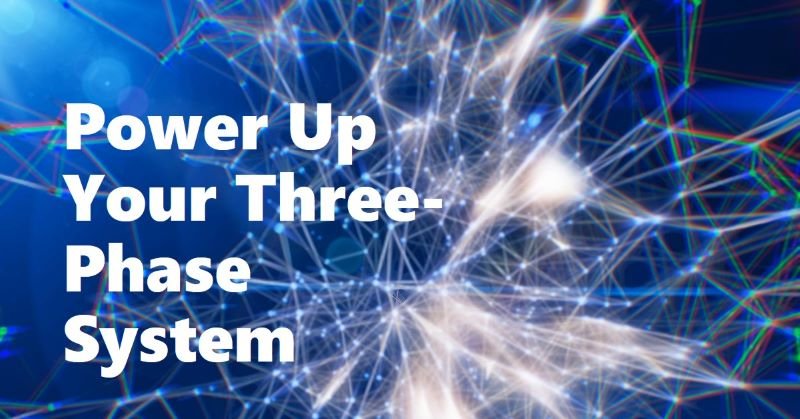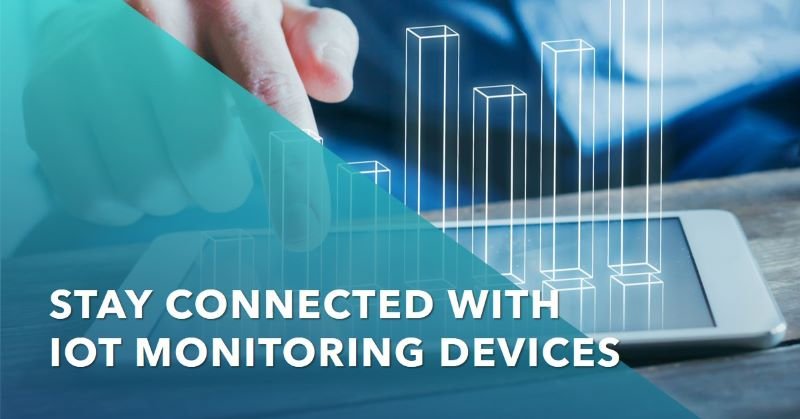Role of 5G in IoT
The Internet of Things (IoT) is revolutionizing the way we live, work, and interact with technology. IoT devices, ranging from smart homes and wearables to industrial machines, have become integral parts of our daily lives. However, for these devices to work efficiently and seamlessly, they need a robust and fast network. This is where 5G technology plays a critical role. In this article, we will explore the role of 5G in IoT and how it will shape the future of connected devices.
What is 5G?
5G is the fifth generation of wireless communication technology, succeeding 4G LTE. It is designed to deliver faster internet speeds, lower latency, and support a much larger number of connected devices simultaneously. While 4G has been a game-changer in terms of mobile connectivity, 5G takes it to the next level, offering speeds up to 100 times faster than 4G, making it ideal for the massive demands of IoT applications.
Why is 5G Important for IoT?
IoT devices need reliable, fast, and low-latency connectivity to perform tasks like sending data, receiving commands, and interacting with other devices. Traditional networks like 4G are starting to face challenges as the number of IoT devices continues to grow. 5G promises to address these challenges by offering the following benefits:
1. Ultra-Fast Speeds
One of the main advantages of 5G is its lightning-fast speeds. 5G networks can provide speeds of up to 10 gigabits per second (Gbps), which is much faster than 4G’s maximum of 1 Gbps. This speed is crucial for IoT devices that generate large amounts of data, such as cameras, sensors, and real-time monitoring systems.
For example, in smart cities, traffic monitoring systems need to send high-resolution video footage in real-time. With 5G’s high-speed capabilities, these devices can transmit data seamlessly, leading to more efficient traffic management and improved public safety.
2. Low Latency
Latency refers to the delay between sending and receiving data. Low latency is especially important for applications that require real-time processing, such as autonomous vehicles, remote surgeries, or industrial automation.
5G offers extremely low latency, typically around 1 millisecond (ms), compared to 4G’s 30-50 ms. This low latency ensures that IoT devices can respond instantly to changes in their environment. For example, in self-driving cars, 5G enables the car to make quick decisions, such as stopping to avoid a collision, based on real-time data from sensors and cameras.
3. Massive Device Connectivity
As IoT continues to grow, more and more devices need to be connected to the internet. 5G is designed to handle up to 1 million devices per square kilometer, a significant improvement over 4G, which could only handle around 100,000 devices.
This means that 5G will allow for the deployment of large-scale IoT systems, such as smart cities and smart agriculture, where thousands or even millions of devices need to communicate and share data efficiently.
For instance, in a smart factory, thousands of sensors and machines need to work together to optimize production. With 5G, all these devices can communicate in real-time, allowing for more efficient operations and reduced downtime.
4. Network Slicing for Custom Connectivity
One of the key features of 5G is network slicing, which allows the creation of virtual networks tailored to specific needs. This is particularly useful for IoT applications that require different levels of service.
For example, in a smart city, certain applications, like emergency services or traffic management, require ultra-reliable low-latency communication, while others, like environmental monitoring, may need less stringent requirements. With network slicing, 5G can allocate the right amount of resources to each IoT application, ensuring that each device operates optimally based on its specific needs.
5. Improved Energy Efficiency
Energy efficiency is a key concern for many IoT devices, especially those that are battery-powered, such as wearables and remote sensors. 5G networks are designed to be more energy-efficient than previous generations, enabling IoT devices to conserve battery life while maintaining constant connectivity.
With 5G, IoT devices can stay connected without consuming excessive power, making it ideal for applications that require long-term, continuous operation, such as environmental monitoring or health tracking.
6. Enhanced Security
Security is a major concern in IoT, as the increasing number of connected devices creates more potential entry points for cyberattacks. 5G comes with enhanced security features that protect the data being transmitted between devices and networks.
For example, 5G uses stronger encryption and better authentication mechanisms, ensuring that IoT devices are secure from threats like data breaches or hacking attempts. This is especially important for industries like healthcare, where sensitive data needs to be protected at all costs.
7. Enabling Advanced Applications
5G will unlock the potential for new and advanced IoT applications that were not possible with previous generations of wireless technology. Some examples of these applications include:
- Autonomous Vehicles: Self-driving cars require real-time communication with other vehicles, traffic signals, and infrastructure. 5G’s low latency and high-speed capabilities are essential for ensuring the safe and efficient operation of autonomous vehicles.
- Smart Cities: 5G will enable the deployment of smart city applications such as intelligent traffic management, waste collection, and environmental monitoring. Sensors embedded throughout the city can communicate with each other and with the cloud to provide real-time data that improves urban living.
- Industrial IoT (IIoT): In manufacturing and industrial settings, 5G will support advanced automation, predictive maintenance, and real-time monitoring. With faster and more reliable connectivity, machines and robots can work together more efficiently, increasing productivity and reducing operational costs.
- Telemedicine: 5G will enable high-definition video consultations, remote surgeries, and real-time health monitoring. Doctors will be able to interact with patients and monitor vital signs from a distance, improving healthcare accessibility and quality.
8. Edge Computing Integration
Edge computing is the practice of processing data closer to the source (i.e., at the “edge” of the network) rather than sending it to centralized cloud servers. 5G will work hand-in-hand with edge computing to enable faster data processing and reduce latency.
For IoT applications like autonomous vehicles or industrial automation, where real-time decision-making is crucial, edge computing and 5G together will allow data to be processed instantly, without the need to send it to the cloud. This will improve the efficiency and responsiveness of IoT systems.
Conclusion
The rollout of 5G is a game-changer for the Internet of Things. By providing ultra-fast speeds, low latency, massive device connectivity, and enhanced security, 5G will enable a new era of IoT applications and transform industries ranging from healthcare and transportation to manufacturing and agriculture.
With 5G, IoT devices will become more efficient, reliable, and capable of handling complex tasks. Whether it’s autonomous vehicles, smart cities, or industrial automation, 5G will lay the foundation for a more connected, intelligent world. As the 5G network continues to expand globally, we can expect IoT technology to evolve and bring about innovative solutions to some of the world’s most pressing challenges.
